Intriguingly, an ancient Japanese technique from the 14th century has surfaced, offering a sustainable approach to lumber production without the need to fell trees.
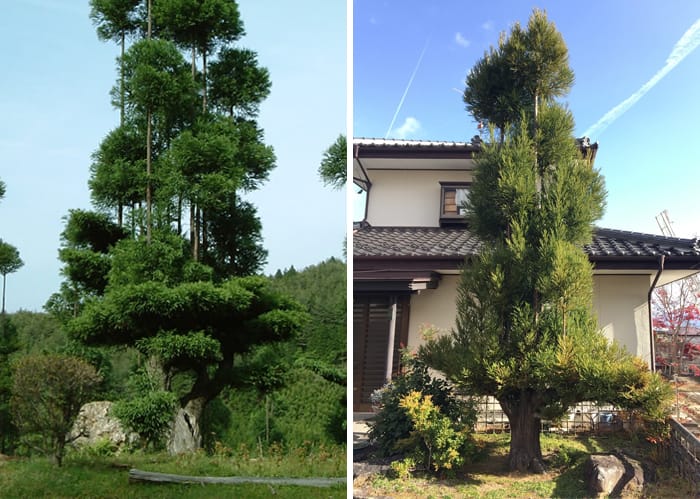
Japan, renowned for its pursuit of perfection, unveils yet another marvel in the form of daisugi, a method reminiscent of bonsai but yielding distinctly different results.

While bonsai, a traditional Japanese art form, involves cultivating miniature trees that mimic their full-sized counterparts, daisugi hails from the Kitayama region and addresses the challenge of seedling scarcity. The topography of Kitayama, characterized by limited flat land and steep slopes, posed difficulties for tree planting. In response, the ingenious daisugi technique allowed arborists to optimize plantation space, expedite harvest cycles, and yield denser wood.
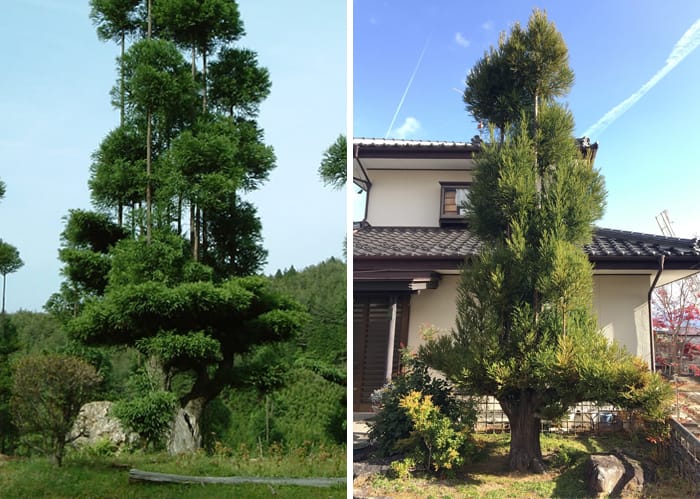
Originally conceived as a solution to the shortage of seedlings, daisugi's roots trace back to a time when the rugged terrain of Kitayama presented formidable obstacles to conventional tree cultivation. The method not only streamlined the planting process but also resulted in the production of high-quality lumber.
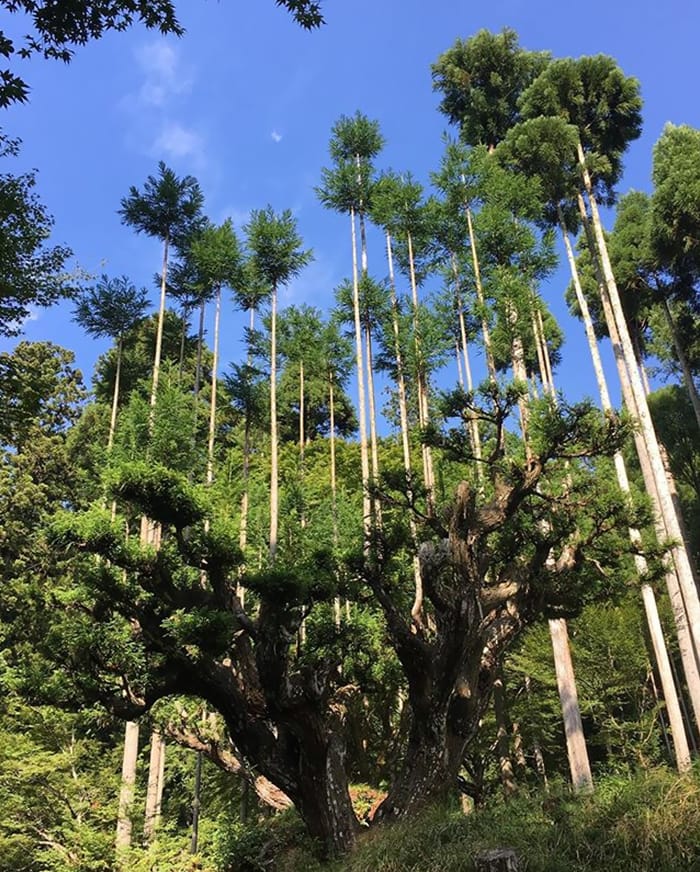
Over the centuries, the popularity of this tree-tailoring practice has waned. Presently, daisugi-crafted cedars predominantly adorn well-maintained gardens, prized for their slender and elegant appearance.

Although the technique may have diminished in widespread application, its historical significance and eco-friendly approach to lumber production continue to captivate audiences, sparking renewed interest in this ancient Japanese forestry art.
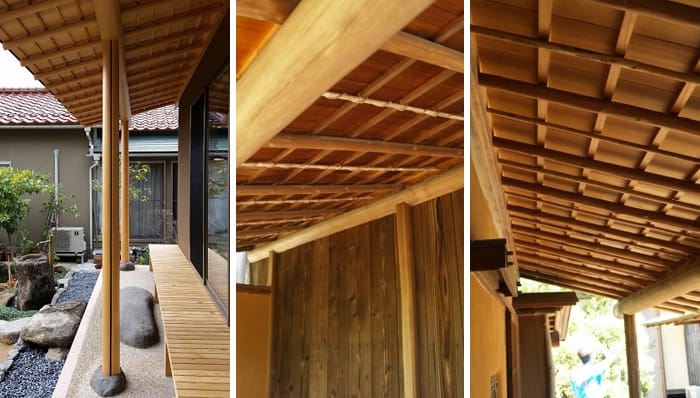




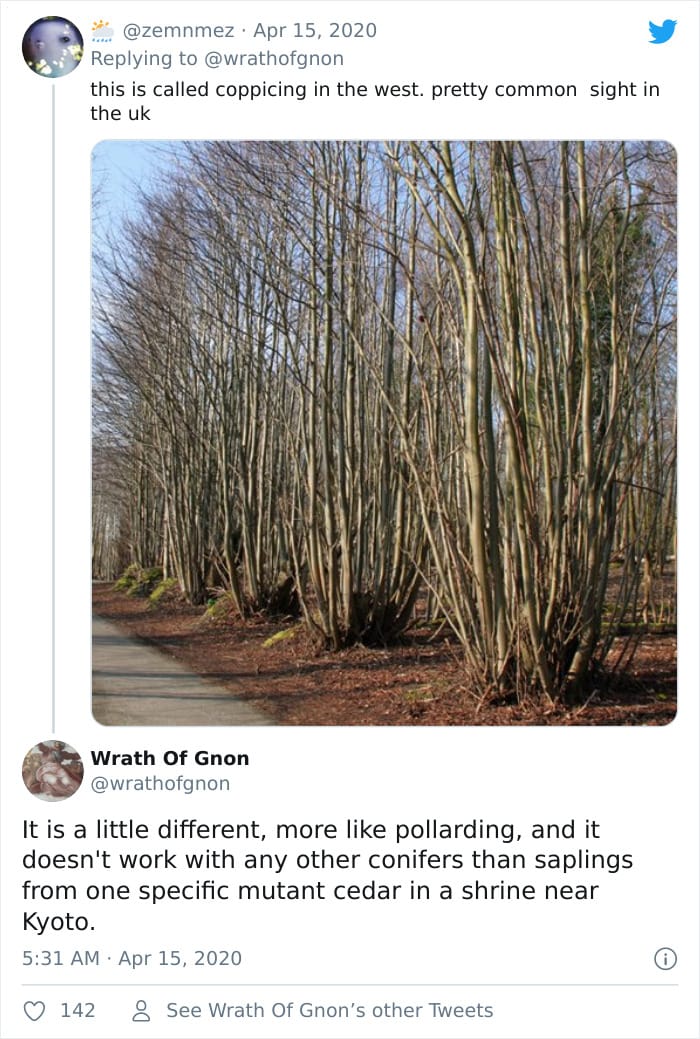

Image credits: DHertzLocker
Copied from boredpanda.com